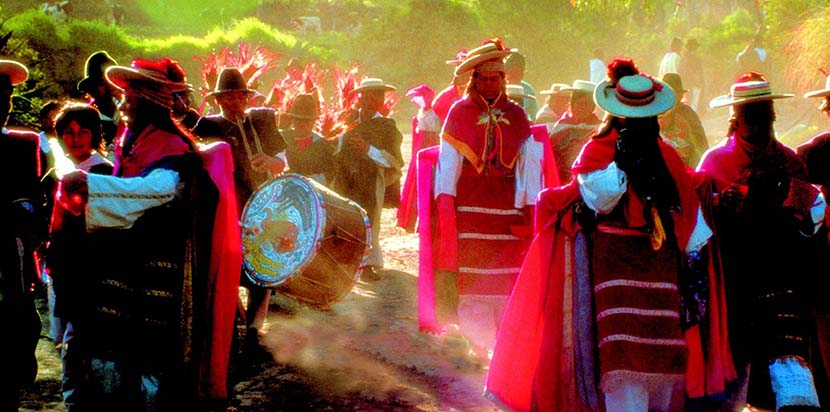
Latin America It is a melting pot of races and its thousands of years of civilizations and cultures have left an important legacy. Perhaps, for a non-American, there are no differences or peculiarities but there are so today we have to talk about the customs of Ecuador.
Ecuador, a small country that you may know, among other things, because here is the equator, the dividing line of the world in two hemispheres, and also because Julian Assange, the guy with the great Wikileaks, has been a refugee in his embassy in London for years.
Ecuador
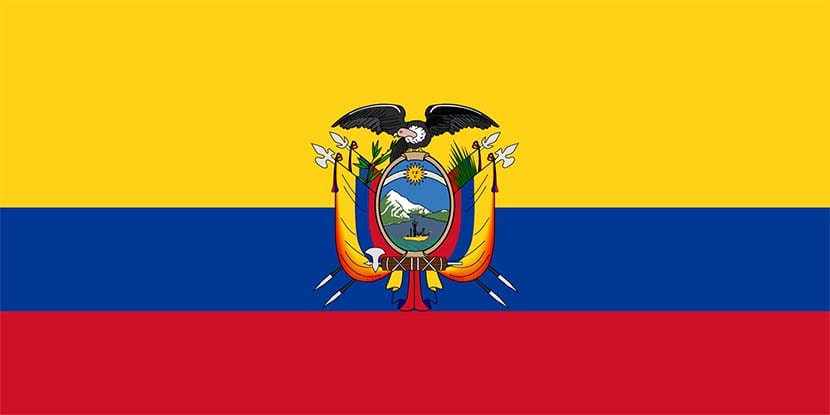
It is west of South America and has a coastline on the Pacific Ocean. You place it between Colombia and Peru and its capital is the city of Quito. It has mountains, the Andes, it has coasts and also part of the fabulous Amazon jungle.
Its population is mestizo in a great majority, more than half, a mixture of Spaniards and descendants of native peoples, although there is also a small black population descended from slaves.
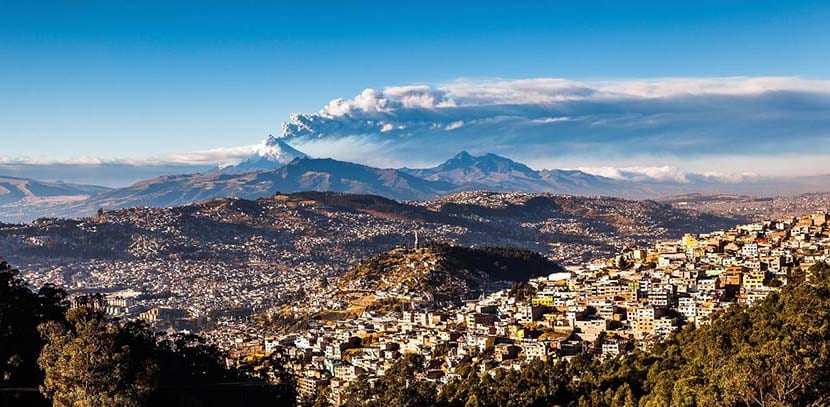
Ecuador it is a republic y several languages are spoken here in addition to the predominant Spanish language. It is estimated, for example, that more than two million people speak American languages, including Quechua and some of its variants, the Kofan, Tetete or the Waorani, just to name a few. With all this, you can no longer think that Ecuador is a homogeneous nation, having so many languages and so many peoples, the truth is that there are many cultural customs.
Ecuador customs
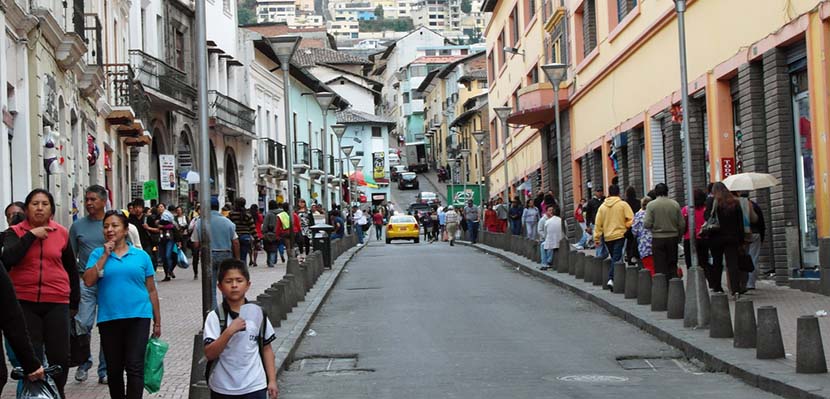
Thus, Ecuador is a varied country. Each geographical region has its peculiarities and this is manifested in the language but also in the clothes, the gastronomy, the customs. There are in total four well-marked regions: the coast, the Andes, the Amazon and the Galapagos archipelago.
First, I am a woman so the subject of machismo interests me. Ecuador is a macho country, of strong Catholic heritage and with a marked separation of roles between what a man does and what a woman does. Although everything changes and nowadays other winds are blowing throughout the world, we already know what it takes for this to transform and here it is no exception.
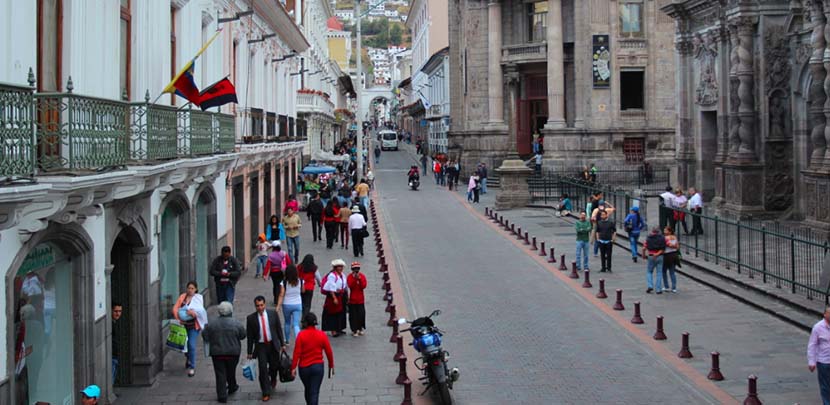
Like all latinos Ecuadorians like physical contact, so if there is closeness then the handshake or the formal greeting of Good morning and others, to a hug or a pat on the shoulder. The women, for their part, kiss each other on the cheek. If there is no familiarity then it is correct to put the sir, madam or miss before the name as only friends or family are treated by first name.
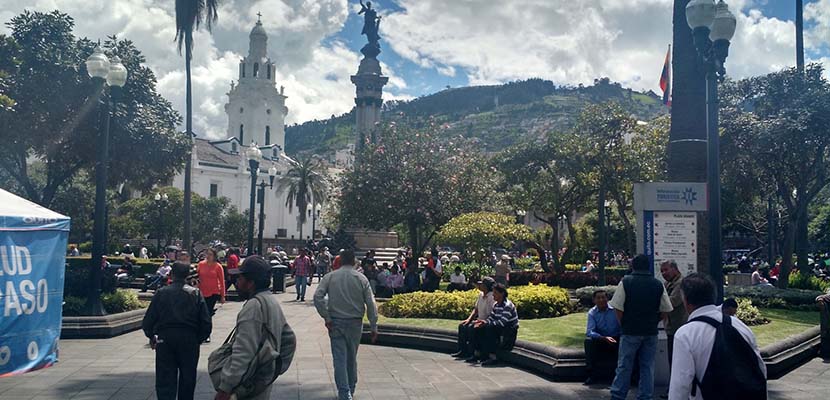
If you are invited to the house of an Ecuadorian, it is polite to bring a present that can be a dessert, wine or flowers. Here the gifts will be opened in front of you, not like in other countries where that is considered rude. Also the puntuality. Yes, you read that right. Latinos are more relaxed than Orientals, for example, so if they invite you at 9 pm they actually expect you from 9:30 pm.
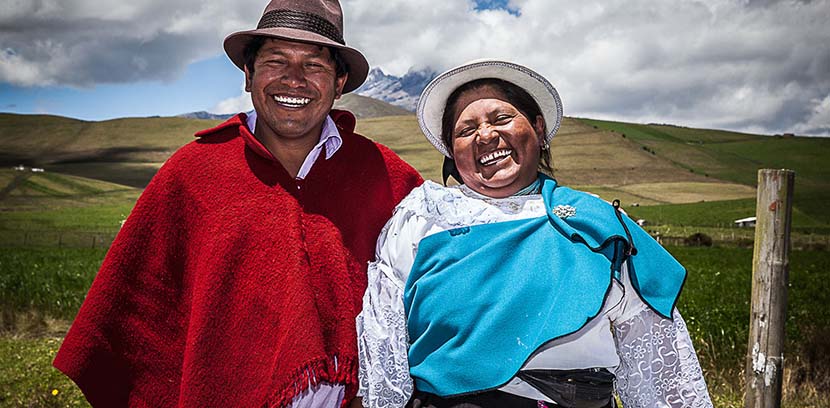
A toast before starting to drink is the usual thing, to the shout of Enjoy! everyone toasts and takes a sip of the drink in question. The meals are very entertaining and there is a lot of conversation. Lastly, it is very polite to offer help before and after meals. I'm not saying you're going to wash the dishes but maybe you can raise a few glasses. If instead of being a meal of friends it is something formal, work, Ecuadorian etiquette is stricterAcademic degrees are used, business cards are exchanged, men even shake hands with women.
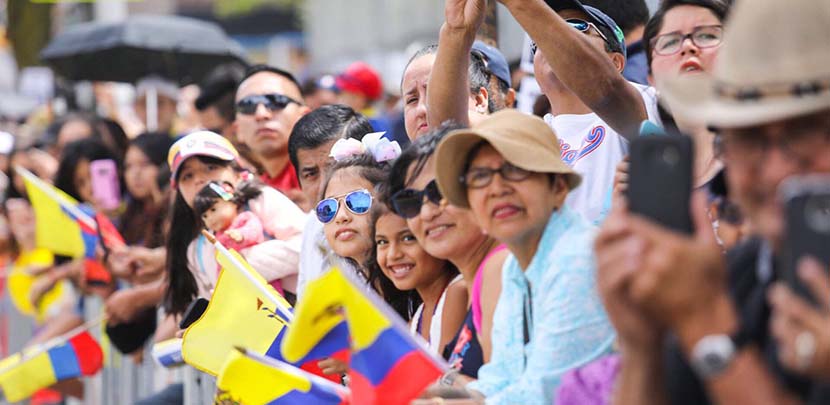
Like Latinos in general the Ecuadorian is friendly and warm in your personal relationships. They will approach you when you speak, they will touch you and they will not be offended if you do the same. They have a great non-verbal language and they do not deprive themselves of asking everything. If you are reserved, it may surprise you but it is not done out of gossip but because the person wants to have a more formed image of you.
How are the Ecuadorian dress customs? Well, first of all, there is an international fashion and Ecuador is not on another planet. That said, it is also true that each region has a style of clothing and that those styles reveal the cultural diversity of the country. For example, in the capital Quito, men often wear blue ponchos, hats and shorts half. At the waist is the shimba, a long braid that has pre-Inca origin and is very traditional.
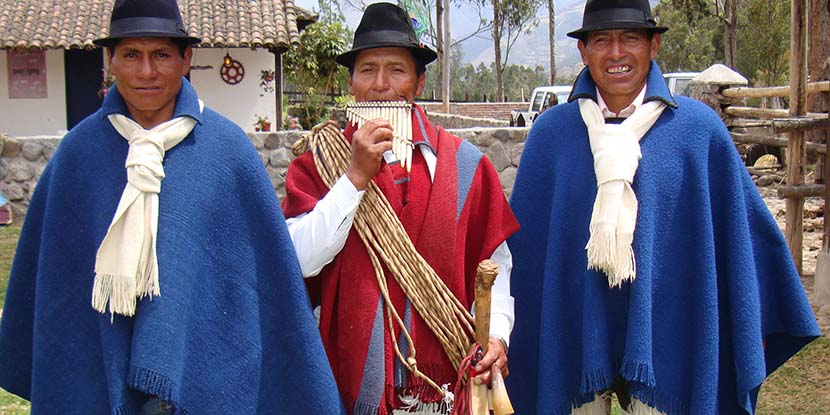
For its part, women wear white blouses (sometimes gray or khaki), with long sleeves and sometimes a wide neckline. The skirt is blue, without a petticoat, and maybe with some decorations on the hem. Red coral and gold bracelets and shawls are added, as accessories are important. The multi-colored cloak that they wear over the blouse is also emblematic, like the hat and the necklaces. Now, in the coastal zone, men wear guayaberas and women light dresses.
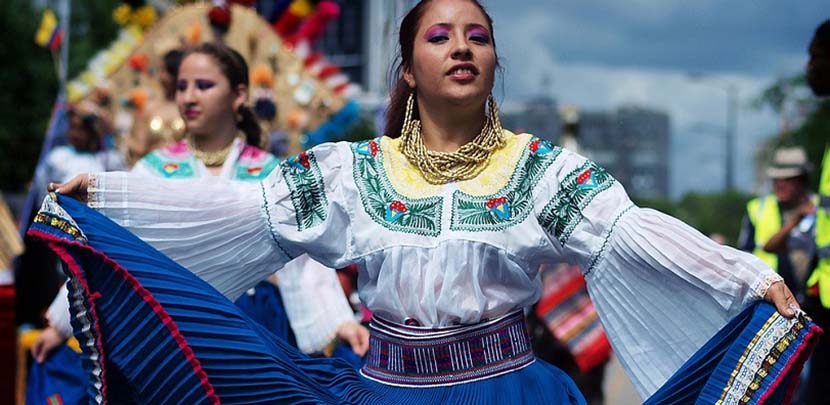
As you see, there is no single typical costume Although the one that is carried in Quito and described above is the closest to one. On the other hand, in the mountains, skirts are also worn, but pleated, in bright colors and with embroidery and woolen shawls. In turn, in the Amazon feather headdresses still persist and in other parts of the country, unfortunately, international fashion has forgotten the typical costumes that have become only tourist attractions.
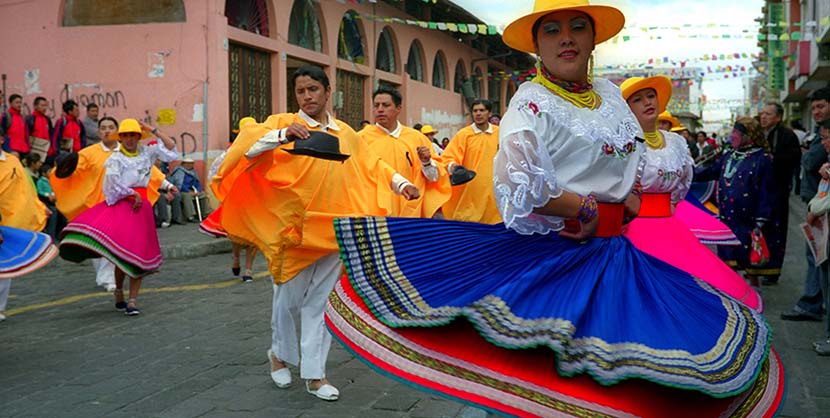
Finally, two issues to underline: festivals and cuisine. Interesting in the first group are the fSummer of Inti Raymi, Yamor and Mama Negra. The first is the festival dedicated to the sun that celebrates the winter solstice in June. Yamor is celebrated in early September in Otavalo and Mama Negra is a pagan celebration that takes place in November.
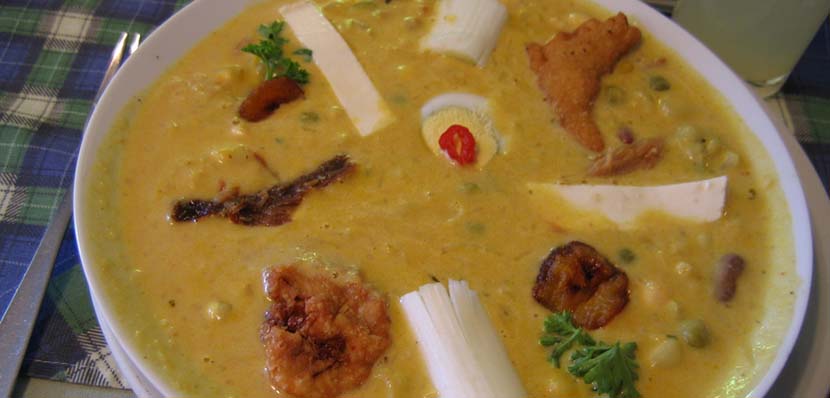
Regarding the kitchen the most important meal of the day is lunch y each region has its gastronomy. Fish, shellfish and tropical fruits such as bananas are concentrated in the coastal zone and rice and meat in the mountains. You can try ceviche, dry goat (a stew), another soup called Fanesca with beans, lentils and corn, the fish soup with onions coastal or patacones, fried bananas.
To travel to Ecuador without surprises.